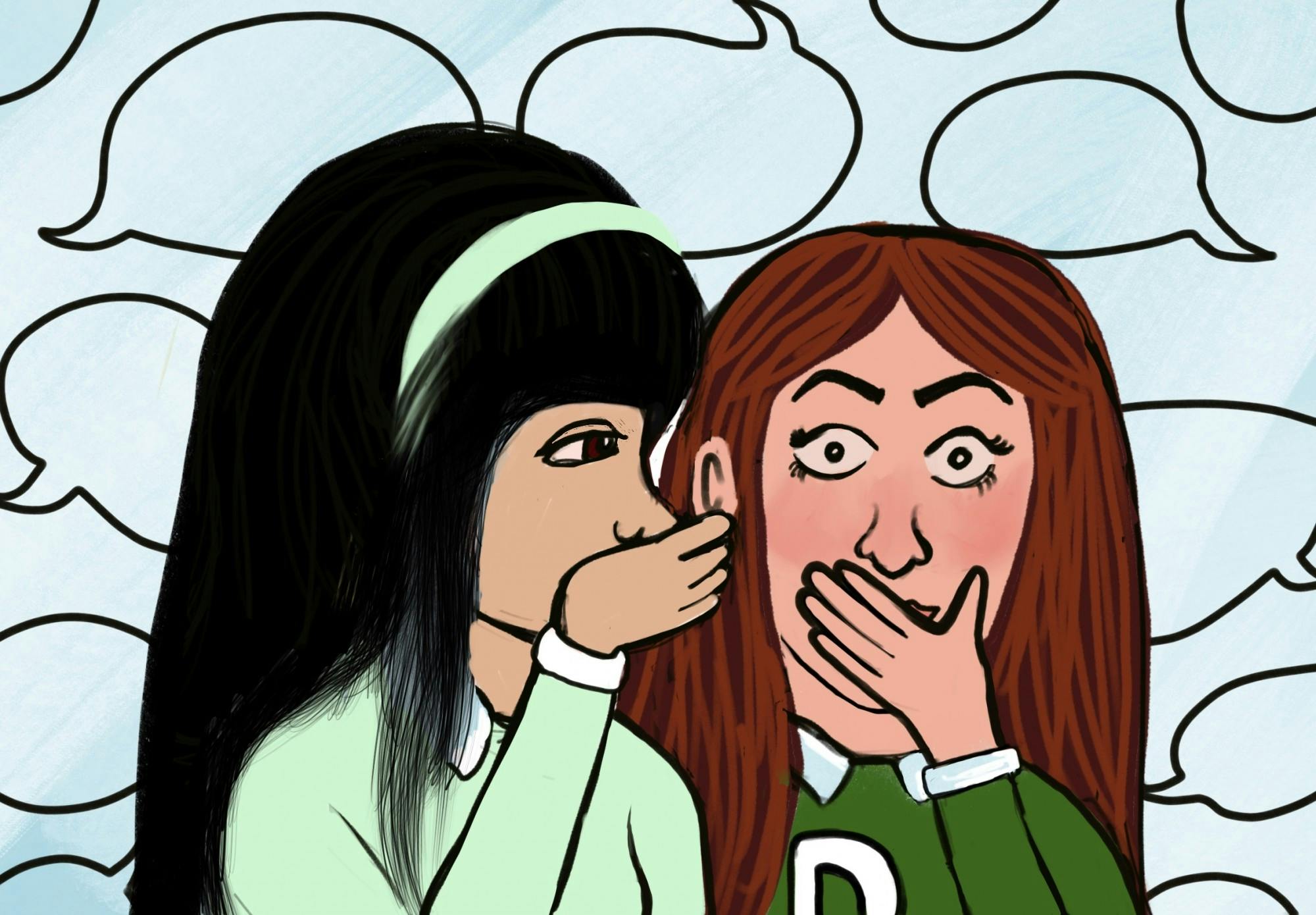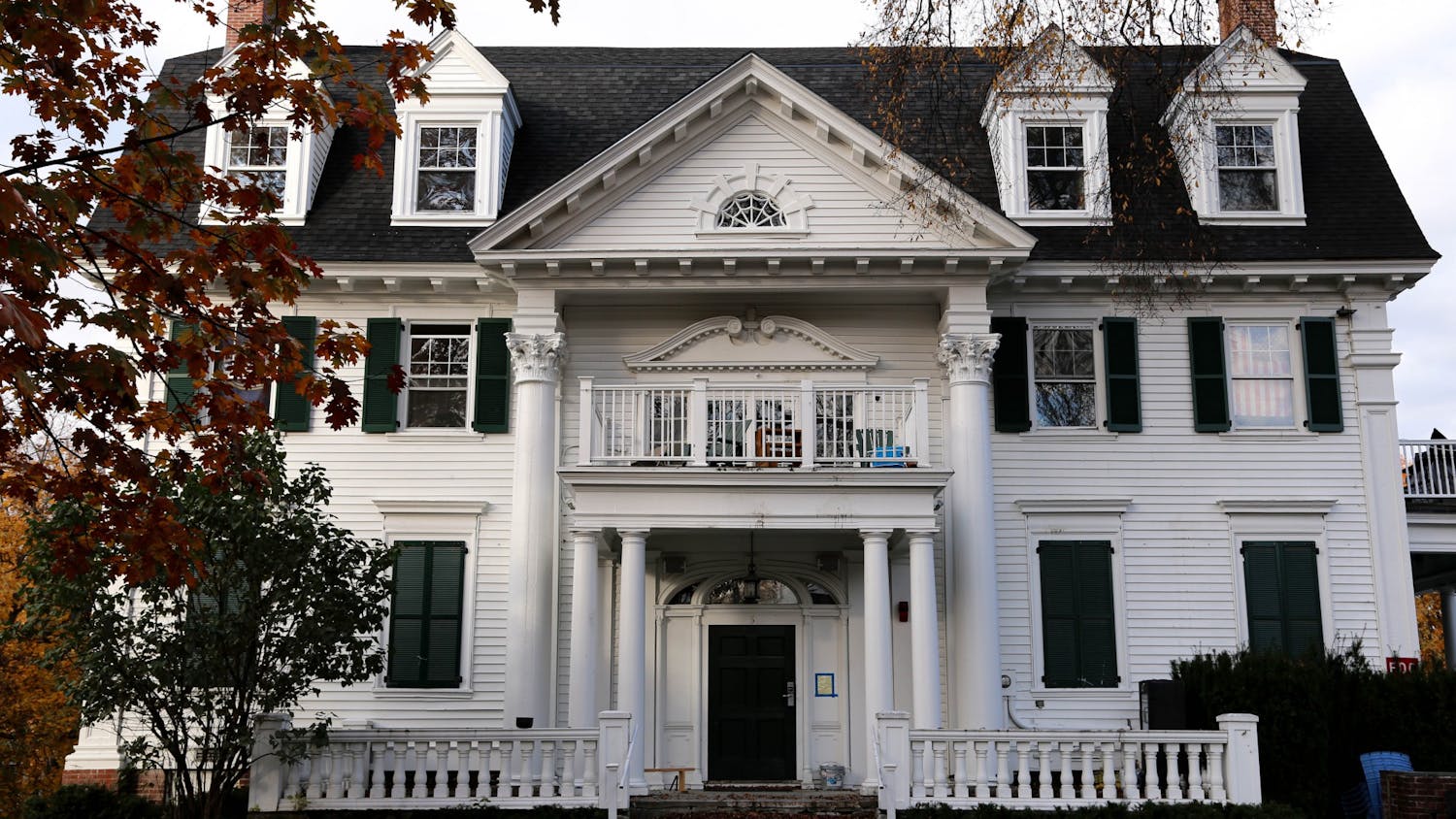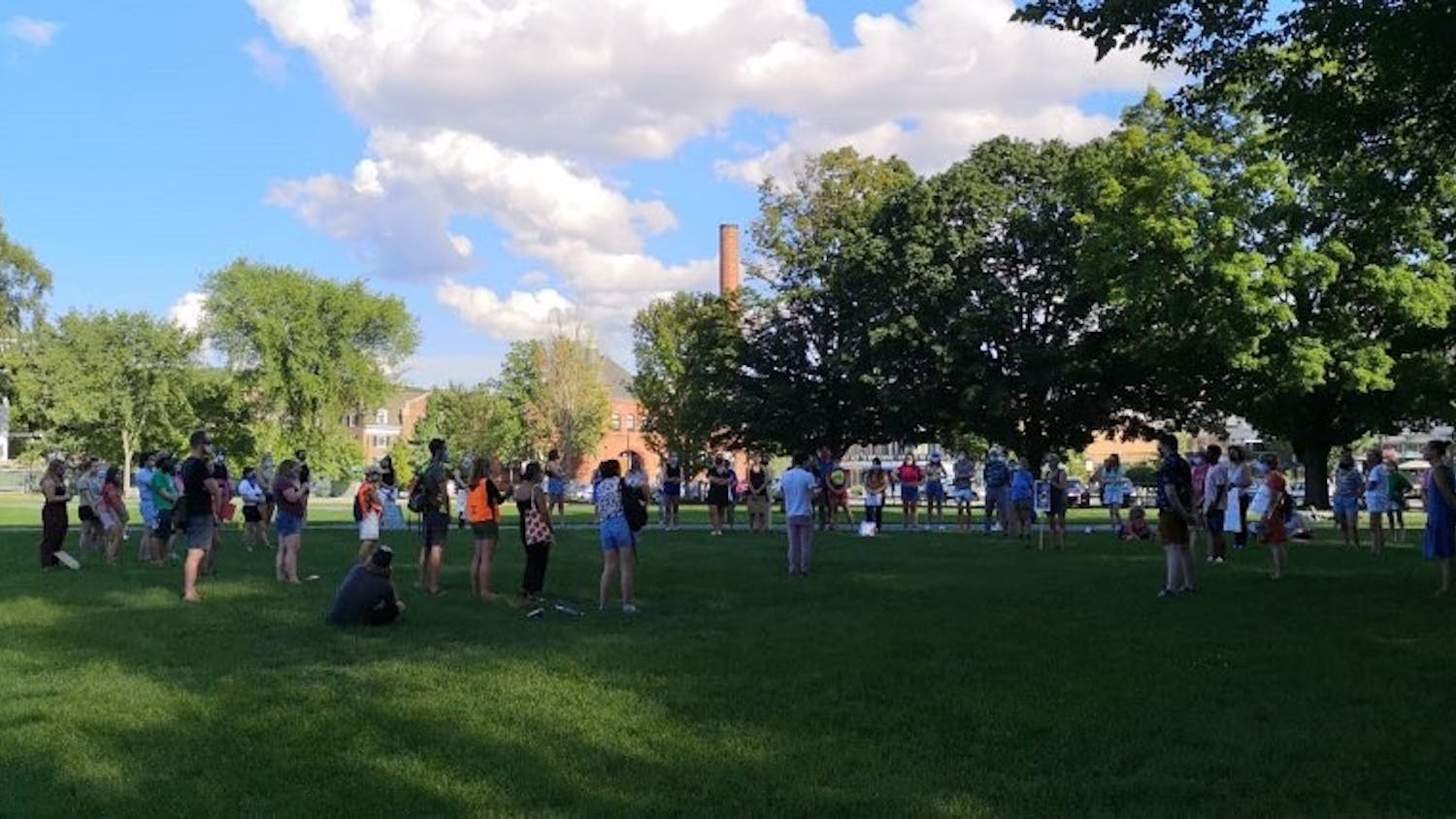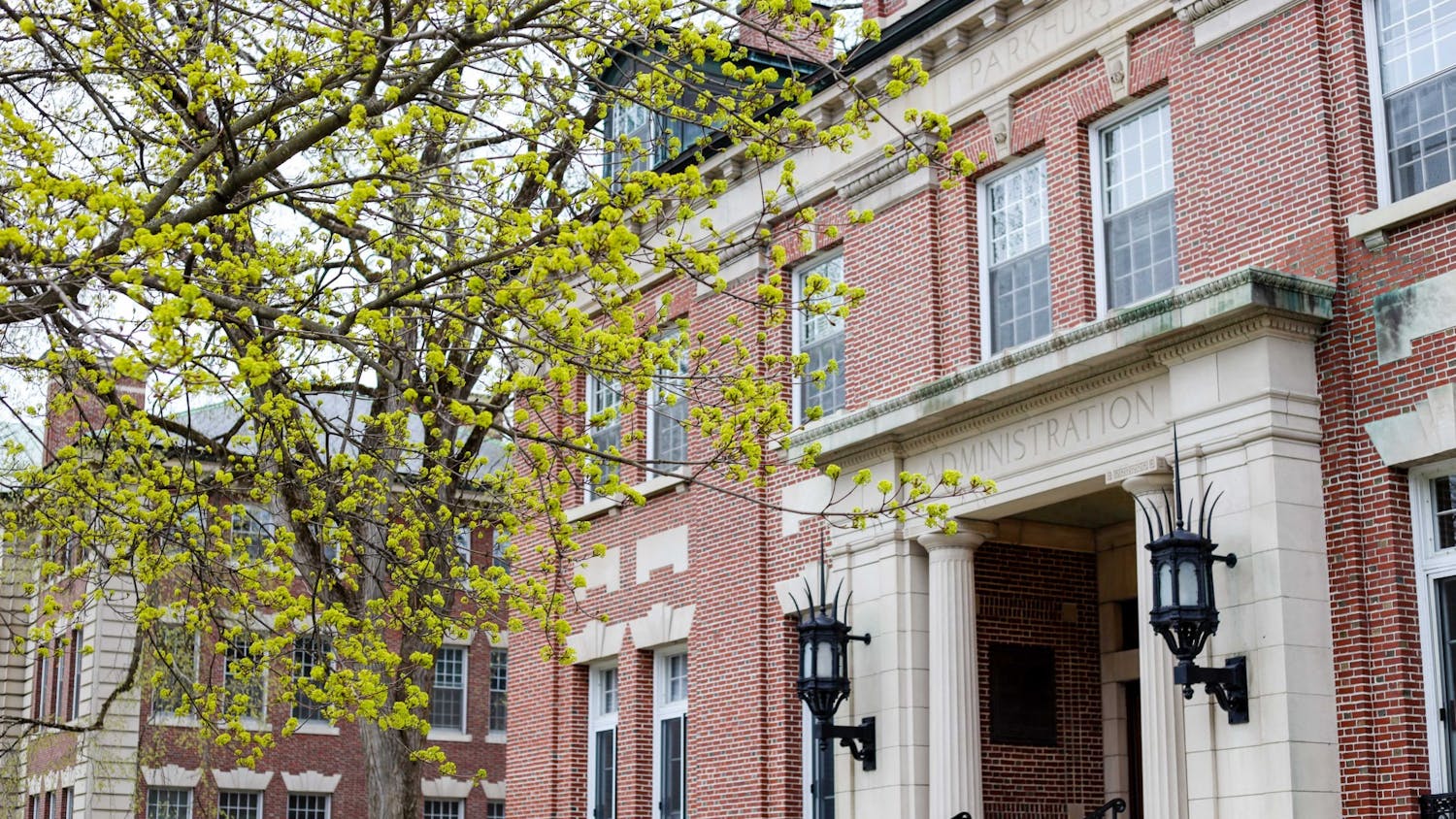Throughout its history, the College has been embroiled in a series of scandals that have received national news coverage. While this coverage started out as lighthearted stories regarding athletics and Winter Carnival, in recent years, serious stories — from Greek life fraternity hazing to anti-Semitism to sexual assault settlements to online cheating controversies — have gained media attention.
Over the last 251 years, Dartmouth has attracted a fair share of national news coverage, and those stories have changed over the decades. According to College archivist and records manager Peter Carini, in the early 20th century, most of the news coverage surrounding Dartmouth was more lighthearted in nature, covering topics such as athletics and Winter Carnival.
Indeed, in the New York Times archives, there are thousands of short pieces written about Dartmouth football and hundreds written about Winter Carnival — many of which date back to the early 1900s and late 1800s.
For example, one 1940 piece entitled “Dances At Dartmouth: 1,100 Girls Attend Parties at 30th Annual Winter Carnival” describes the boisterous parties and dances held at the College’s fraternities to celebrate the thirtieth Winter Carnival. A 1920 piece, “Injuries Hamper Green: Dartmouth Football Squad, 29 Strong, Leaves for Penn State” explains that several key members of the football team were injured early in the season.
These lighthearted pieces are different from the types of College news we see today, as Carini explained.
“A lot of newspapers were sort of gossipy about people who are well known, or locally known, or nationally known, and we’ve kind of trended away from that to more sort of controversy, political protests, upheaval — really kind of in the last 50 years,” Carini said.
During the late 1960s at Dartmouth, there were at least two student protests that received national news coverage. While this attention was partly negative, Carini said that some people supported the protests.
Segregationist Alabama Gov. George Wallace visited campus in May 1967; in response to his visit, students and community members mobilized a protest. During Wallace’s speech at Webster Hall, Black Dartmouth students chanted “Wallace is racist,” triggering a counter-protest from white audience members, who yelled “shut up” and “get out.” The Black protesters left the auditorium, before being joined by more supporters and deciding to push back inside and rush up the center aisle. At this point, Alabama state troopers ushered Wallace out of Webster Hall and into his car. The protestors followed him outside, surrounding his car and rocking it back and forth; Wallace was only permitted to depart after the police intervened.
Carini said there was national backlash following this event, with people writing to the College to say that they were disappointed in students’ conduct and that the students involved should be expelled. Some people were writing some “really horrible racist stuff, because some of the students involved were Black,” Carini said.
This is echoed in the 1967 New York Times piece titled “Dartmouth Gives Wallace Apology: Regrets Attack by Hecklers — Alabamian Flies South,” which describes how “a mob attacked the car, rocked it and dented its roof.” Another Times article, titled “Students Facing Ouster,” was written about a week later and detailed how some of the students who “overtly” participated in the anti-Wallace demonstration would be suspended.
In 1969, there was another major protest on campus. English professor and former co-chair of the College’s 250th anniversary events Donald Pease explained that “Dartmouth students protested what they understood to be the campus’ support of the Vietnam War.”
According to religion professor Randall Balmer, on April 22, 1969, the local chapter of the Students for a Democratic Society issued a manifesto calling for the end of ROTC training on campus. It set April 28 as the deadline for the administration to respond to their demands to abolish on-campus ROTC and to provide compensatory financial aid for the students involved in the program, according to Balmer.
With no response from the administration, on May 6, several dozen students and community members occupied Parkhurst Hall and the office of then-College President John Sloan Dickey. Students even forced the then-Dean of Students out of Parkhurst, according to Pease.
According to Balmer, the Grafton County sheriff dispatched deputies with armored vehicles to campus to break up the protest, where they arrested 45 students and fined them $100 each. Many of the students involved were also expelled, Balmer added.
The major protest was also the subject of national news coverage. In June 1969, the New York Times published “Men of Dartmouth Are Troubled by Lingering Echoes of Protest.” This article describes how the College set up a joint faculty-student committee to decide on disciplinary action, which got pushback from students frustrated by the College’s response to the Parkhurst protests.
In the late 1980s, The New York Times covered controversies centered on The Dartmouth Review. In 1986, ten staff members of the paper and several other students attacked shanties erected on the Green by students protesting Apartheid in South Africa, and in 1988, the Times reported on a Review column — widely panned as anti-Semitic — that caricatured then-President James Freedman, who was Jewish, as Hitler and compared some of his campus policies to the Holocaust.
Dartmouth Greek life has also found its way into the national media in recent years. In 2012, Andrew Lohse ’12 accused Dartmouth fraternities — particularly his house, Sigma Alpha Epsilon — of hazing practices, a scandal which made its way to the cover of Rolling Stone magazine in a piece titled “Confessions of an Ivy League Frat Boy.” This led to increased scrutiny of Dartmouth’s fraternities, and both Alpha Delta fraternity and SAE were derecognized in the following years for hazing-related violations.
In 2019, Dartmouth reached a settlement with nine current and former graduate students in the Psychology and Brain Sciences Department over allegations that the College ignored multiple sexual abuse reports filed against three tenured professors. The news of the initial allegations, the subsequent lawsuit and the settlement were covered in the New York Times.
Computer science Ph.D. student Maha Hasan Alshawi alleged in 2020 that she had been sexually harassed by her supervisor, computer science professor Alberto Quattrini Li — who has since been found not responsible for any of the allegations by a recently-released external investigation. Last summer, Alshawi launched a hunger strike in response to the College’s assessment of her case, an action that was covered in the Boston Globe. The external investigation also found the College’s response to be “reasonable in light of the information available to them at the time.”
More recently, in the spring of 2021, news broke that the Geisel School of Medicine accused 17 Geisel students of academic misconduct; the investigation, which has drawn accusations of data mismanagement and a lack of due process, was covered in the New York Times and the Boston Globe.
From Winter Carnival to student demonstrations to recent sexual assault and cheating allegations, Dartmouth has consistently made national news. Pease explained that Dartmouth’s notable news coverage is indicative of larger national trends.
“Dartmouth is understood to be … a thermometer for instances and cases that might proliferate,” Pease said. “If it’s happening at Dartmouth, that’s a sign it might be happening elsewhere.”




